-

Gaza Conflict Triggers Regional Ecological Disaster
A report released by the United Nations Environment Programme (UNEP) indicates that the Gaza Strip has plunged into an “environmental apocalypse” due to prolonged conflict: 97% of trees have been destroyed, 82% of farmland is uncultivable, groundwater contamination has caused acute diarrhea cases to surge 36-fold, and acute jaundice syndrome (hepatitis A) cases have increased…
-
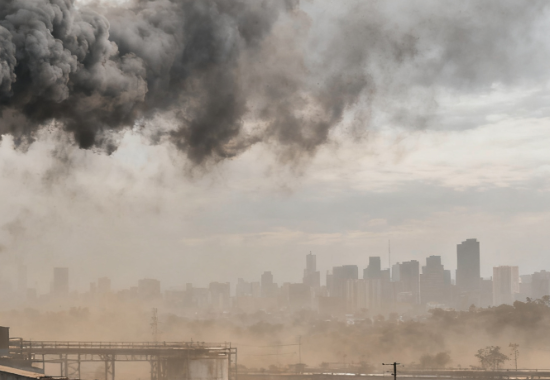
Key Scientific Findings on Greenhouse Gas Emissions
In September 2025, the National Academies of Sciences, Engineering, and Medicine jointly released a report condemning the Trump administration’s attempt to rescind the U.S. Environmental Protection Agency’s 2009 scientific findings that greenhouse gases pose a threat to public health. The Trump administration announced in July this year that it would begin revoking this “endangered findings”…
-

Bali Floods Expose Environmental Governance Issues
In September 2025, Bali, Indonesia, experienced floods and landslides triggered by days of torrential rain, resulting in at least 23 deaths and the collapse of hundreds of infrastructure sites. Despite Bali’s thriving tourism industry, insufficient investment in flood prevention and drainage system construction and maintenance has resulted in outdated drainage infrastructure with design flaws. Furthermore,…
-
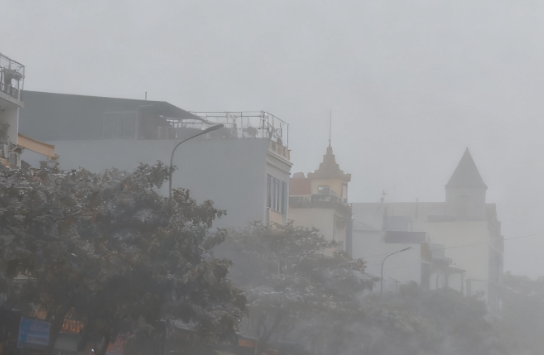
Hanoi, Vietnam, Suffers from Severe Air Pollution
Hanoi, Vietnam’s capital, has been ranked among the world’s ten most polluted cities by air quality monitoring agencies. A survey revealed that 27% of respondents have already chosen to relocate from Hanoi due to air pollution, while another 58% expressed willingness to move if circumstances permit. Sakseena, a researcher at the U.S.-based East-West Center, pointed…
-
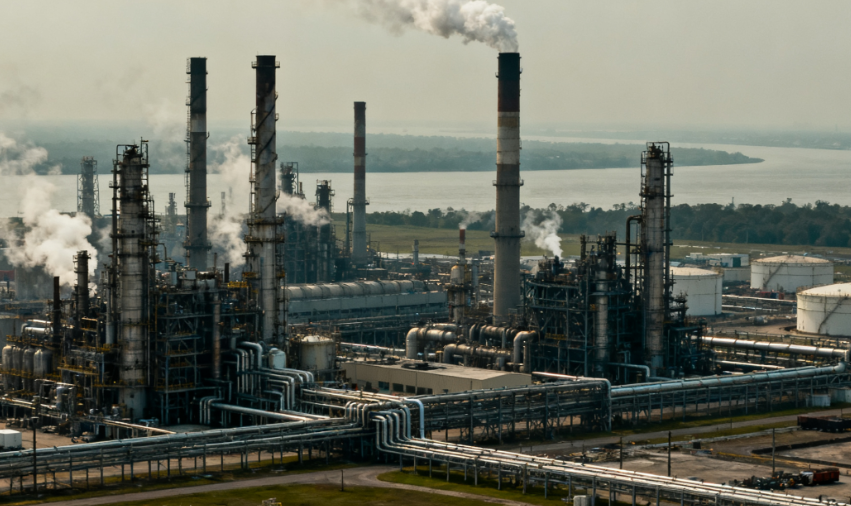
Residents of America’s “Cancer Alley” Face Health Threats from Chemical Pollution
September 2025 Update: Since the 1950s, chemical companies have built refineries and plants between New Orleans and Baton Rouge in Louisiana, an area dubbed “Cancer Alley.” The petrochemical industry drove white residents away, leaving predominantly Black communities behind, many of whom suffer from severe illnesses. Louisiana ranks among the top three U.S. states for cancer…
-
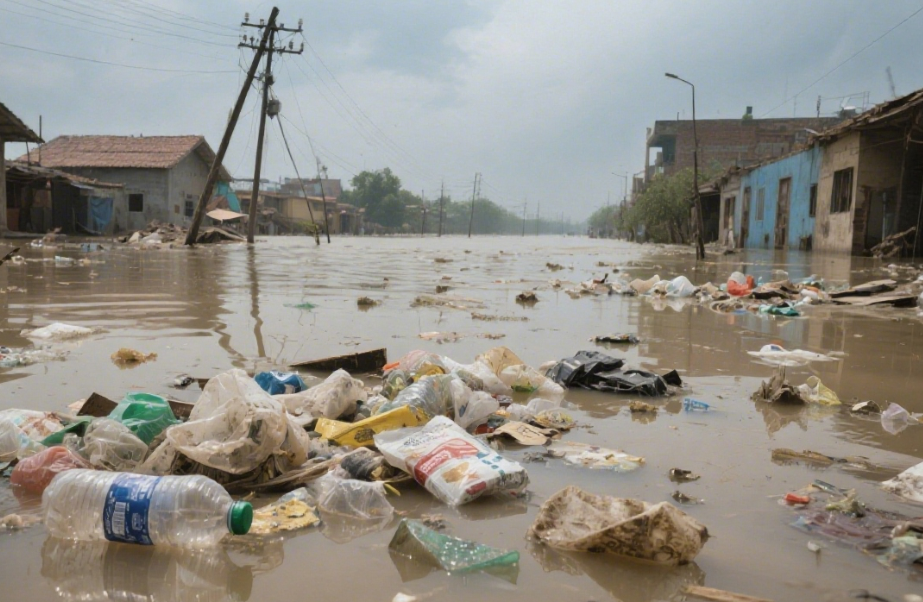
Pakistan Floods Exacerbate Ecological Damage
On September 5, massive floods triggered by monsoon rains and glacial melt in northern Pakistan claimed 897 lives and displaced 1.5 million people. Agricultural fertilizers, industrial wastewater, and household waste carried by floodwaters have surged into the Indus River, causing nitrate levels in the drinking water supply of the downstream city of Lahore to exceed…
-

Los Angeles Wildfires Leave Hexavalent Chromium Pollution in Wake
September 4, 2025 Report: Following California wildfires this January, hexavalent chromium concentrations 200 times higher than normal levels were detected in Los Angeles air. This carcinogen likely originated from flame retardants, with particles smaller than 0.056 micrometers capable of penetrating the blood-brain barrier. Although the South Coast Air Quality Management District deemed “health risks limited,”…
-

Heavy rains in Pakistan trigger a complex environmental disaster
In mid-August, northern Pakistan experienced historic monsoon rains, triggering flash floods, landslides, and glacial lake outbursts. The Karakoram Highway was severed in multiple locations, leaving thousands of trucks stranded and causing a complete breakdown of power and communications. Research by the World Weather Attribution Organization indicates that climate change has increased the intensity of monsoon…
-

Microplastics carry over 400 harmful bacteria
A study conducted by the National University of Singapore in August 2025 found that the surfaces of microplastics at Changi Beach were colonized by over 400 types of bacteria, with one-third of them being pathogenic, including Vibrio corallivorus, which causes coral bleaching, and Toxoplasma gondii, which triggers gastroenteritis in humans. Once ingested by marine organisms,…
-
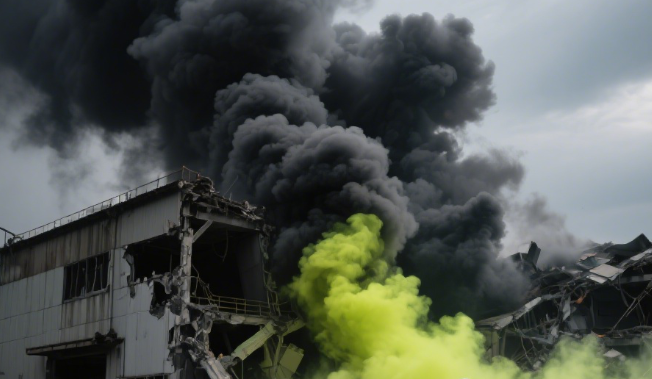
Explosion at Kanto Denkan Chemical Plant in Japan Causes Highly Toxic Gas Leakage
In the early morning of August 7, an explosion occurred at the Kanto Denkan Industrial Plant in Shibukawa City, Gunma Prefecture, resulting in one death and one injury. The accident resulted in the leakage of highly toxic etching gases, such as nitrogen trifluoride and tungsten hexafluoride, and the surrounding 2-kilometer area was cordoned off as…